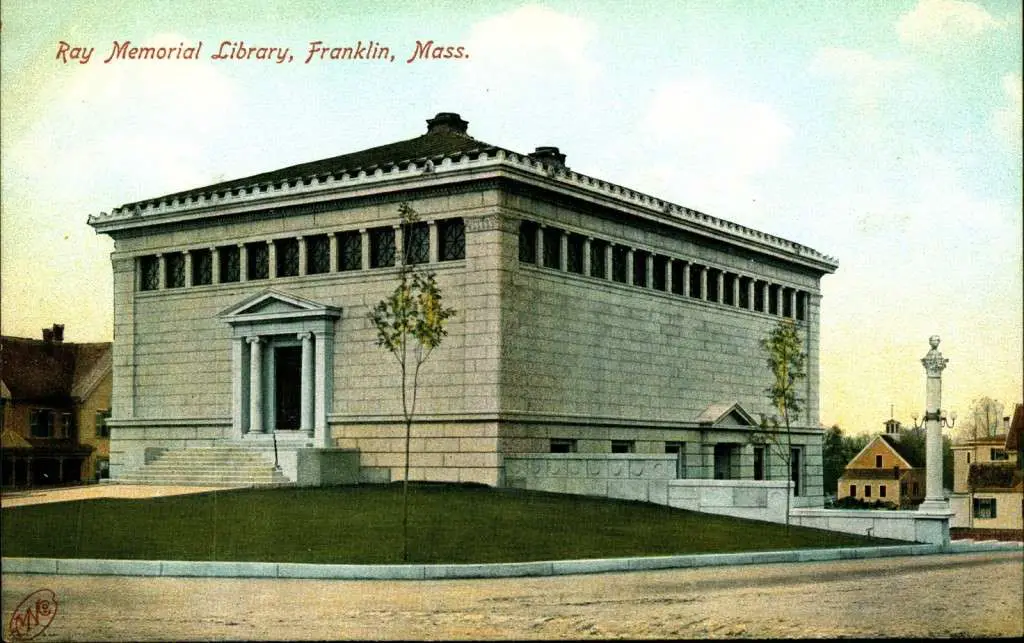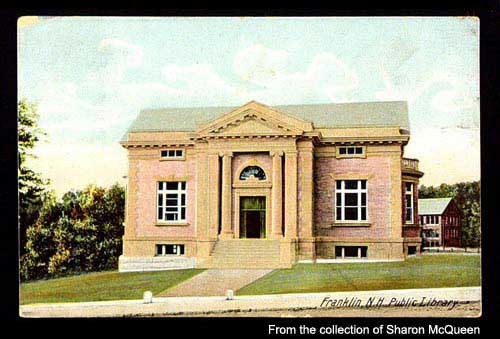
Thus, the native people constantly set up, abandoned, and resettled communities throughout Pennsylvania.Īrcheological evidence indicates that the Lenape inhabited the area centuries before the Europeans arrived. 4Generally, an occupied area lost its usefulness in two decades' time. As a result, Lenape frequently relocated. Due to their heavy tillage of the land, the soils they farmed gradually lost their productivity. They lived on hunting and growing foodstuffs and depended on the fertility of the land. The Lenape resided in bands along various rivers and creeks. 2 The Lenape who inhabited the land that became Philadelphia spoke the Unami dialect. The Lenape were divided into three bands or sub-tribes: the Minsi (or Munsee, “People of the Stone Country”) inhabited the northern part of Pennsylvania, the Unami (“People Who Live Down-River”) inhabited the central region of Pennsylvania, and the Unalachtigo (“People Who Live by the Ocean”) inhabited the southern area of Pennsylvania.

Important tribes within this language group also included the Ojibwa, Blackfoot, and Shawnee. They were a nomadic people belonging to the Algonquian language family. William Warner also came to a land inhabited by the Lenape or "Original People," West Philadelphia’s first natives. Wild berries, water lilies, strawberries, cattail, mushrooms, and corn grew wild in the fields.

The northern portions of the area were wooded with forests of oak, green pine, evergreen, chestnut, walnut, ash, button, magnolia, and hickory trees, while the meadowlands south and east were covered with moss, grass, and weeds ideal for grazing livestock. Warner came to a vast and beautiful land filled with rolling hills, wetlands, and lush trees.

He arrived in 1677, five years before William Penn founded his utopian city. The Quaker William Warner was the first European to settle in West Philadelphia.


 0 kommentar(er)
0 kommentar(er)
